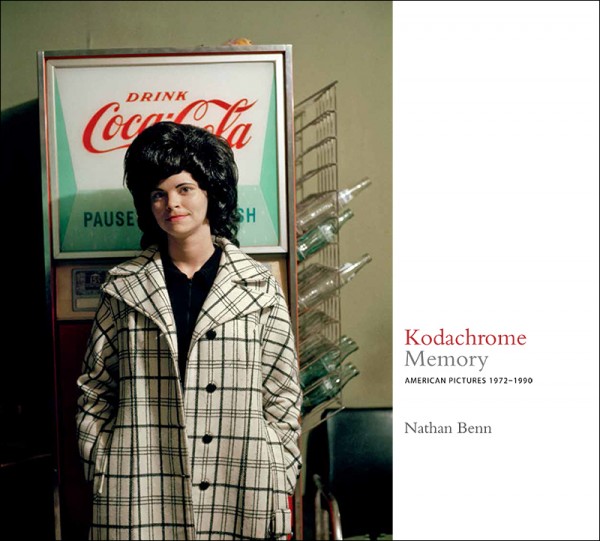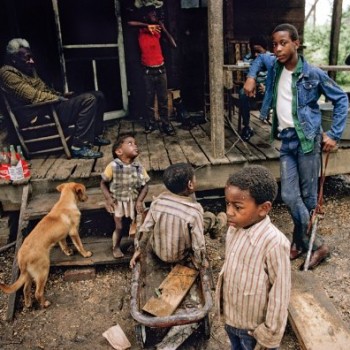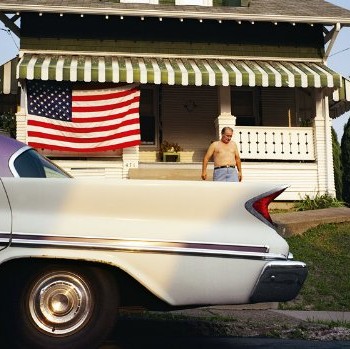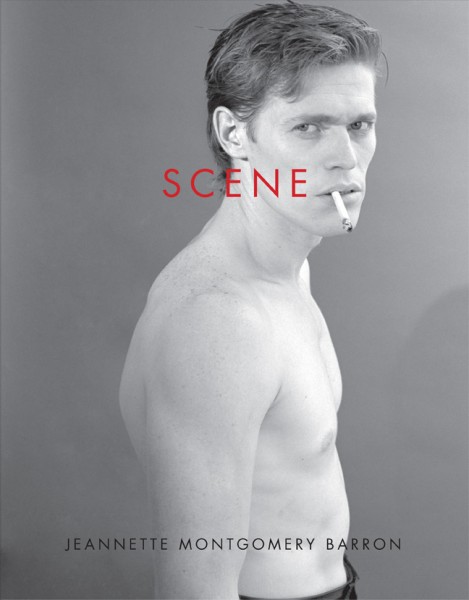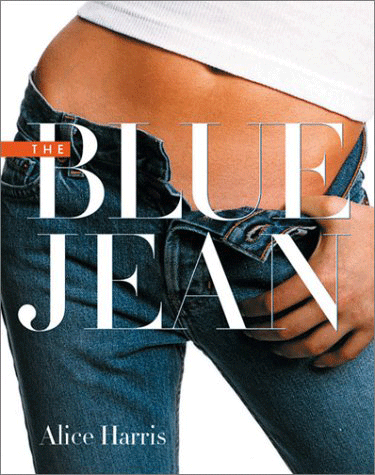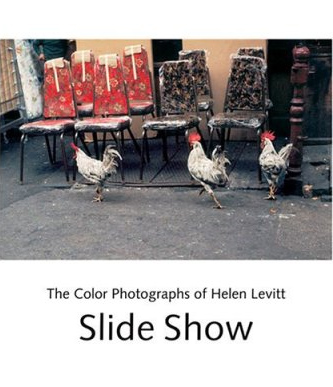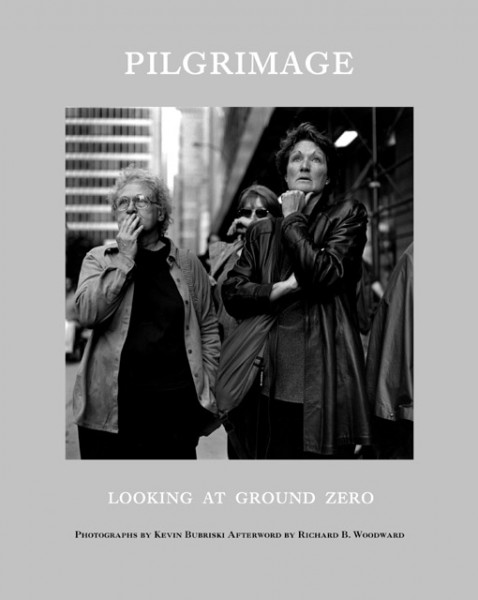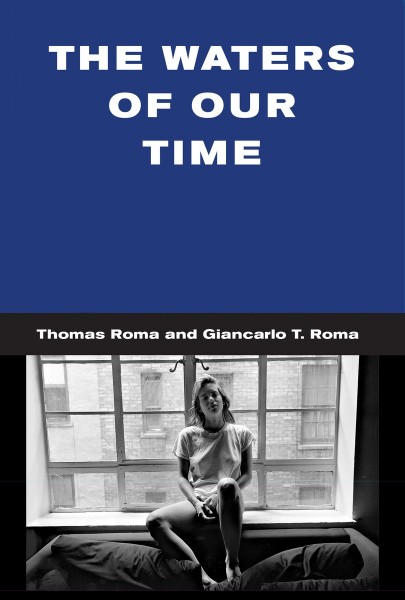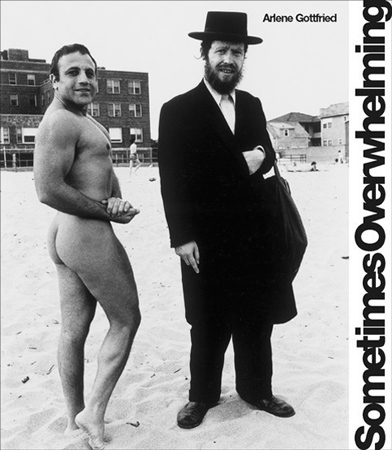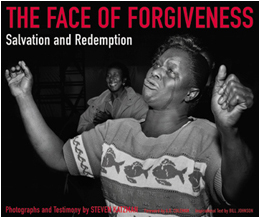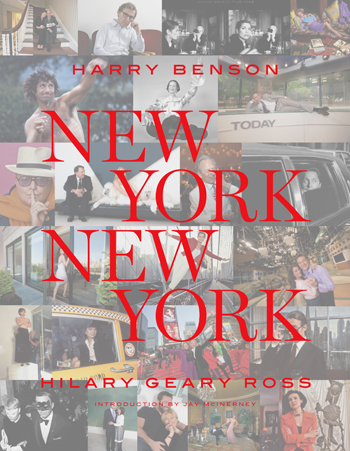$ 50
Order from the powerHouse Shop
As America huffed and puffed to the end of the 1970s, more than an era was ending. One America was vanishing and simultaneously giving birth to who we are today. Kodachrome Memory: American Pictures 1972-1990 presents a last glimpse of an America that was, the last stand of the old order, the final tired, proud, alive moments of distinctive regionalism before the information age hastened a great cultural flattening. If ever a camera’s shutter could render a subject infinite, these images of people rich and poor, their private spaces and material culture, capture that last America before the last revolution.
by Nathan Benn
Introduction by Paul M. Farber
Contribution by Richard Buckley
Fine Art Photography / Documentary / Art
Hardcover
12.25 x 11.25 inches
168 pages
ISBN: 978-1-57687-665-7
$50 US/CAN
Approximate ship date: October 28, 2013
As America huffed and puffed to the end of the 1970s, more than an era was ending. One America was vanishing and simultaneously giving birth to who we are today. Kodachrome Memory: American Pictures 1972-1990 presents a last glimpse of an America that was, the last stand of the old order, the final tired, proud, alive moments of distinctive regionalism before the information age hastened a great cultural flattening. If ever a camera’s shutter could render a subject infinite, these images of people rich and poor, their private spaces and material culture, capture that last America before the last revolution.
Nathan Benn embraced color photography before it was considered an acceptable medium for serious documentary expression, traveling globally for National Geographic Magazine for two decades. In revisiting his archive of almost half a million images, and editing his photographs with a 21st-century perspective, he discovered hundreds of unpublished American pictures that appeared inconsequential to editors of the 1970s-1980s, but now resonate with empathetic insight.
Growing up in South Florida, Benn often felt like a foreigner when he photographed in the American Heartland, a place that seemed to him to be populated by regional tribes with traits like Yankee frugality and enterprise, biases expressed in blackface and KKK cross-burning, and absurdities like a Chihuahua disguised as an elephant. He savored both the diversity and individuality of his subjects, recognizing that these characters were vanishing in an age of mass marketing and increasing commodification.
Kodachrome Memory exemplifies forthright storytelling about everyday people and vernacular spaces. The photographs, organized by geographic and cultural affinities (Yankee, Heartland, Pittsburgh, and Florida), raise questions rather than purport facts; they enchant with elegant forms and unexpected details. An essay by scholar Paul M. Farber contextualizes the creation and selection of these images, and offers a fresh perspective about color photography on the eve of the digital revolution.
“Kodachrome Memory celebrates the significance of American regional diversity as it was 30 or 40 years ago, before the advent of Internet culture and before the country became one vast strip mall stretching from sea to sea. The seemingly inconsequential subjects of Benn’s photographs-which are keenly observed and evocative of a time and place-act as metaphors for American culture and values. Although much of Benn’s work was done for a magazine and not gallery walls, his use of color throughout holds its own with artists of the period such as William Eggleston and Stephen Shore.”
-Richard Buckley
Nathan Benn is a native of Miami and photographed for major newspapers while earning his degree at the University of Miami. Immediately after graduation in 1972, he joined the photographic team at National Geographic magazine, where he remained for nearly 20 years. In 1991 he left to develop Picture Network International, the first e-commerce service for stock photography. From 2000 through 2002 he was the Director of Magnum Photos, where he published award-winning books. He is a Trustee Emeritus at the George Eastman House Museum and lives with his wife, a fine arts photographer, and son in Brooklyn.
Paul M. Farber earned his PhD in American Culture at the University of Michigan and was the Doctoral Fellow at the German Historical Institute in Washington, D.C. His dissertation is a study of representations of the Berlin Wall in American literature, art, and popular culture from 1961 to present. Paul’s research interests include U.S. transnational studies, African American literary studies, urban visual and sonic cultures, Cold War history/memory, queer studies, digital humanities, hip hop, and performance studies.

